If Mozilla Firefox happens to be your default browser, chances are, at some point, you have encountered some errors related to the browser itself. And it’s possible that you have stumbled upon the more common error known as “SSL_ERROR_NO_CYPHER_OVERLAP” at least once when attempting to connect to some sites.
Such an error can be quite infuriating because it completely prevents you from gaining access and makes you believe that your internet connection is not working. You might already have tried reloading the page or closing the browser and seeing the page again but getting the same response.
Within this article, we will describe in detail what this particular IT-related issue represents and how and why it occurs. Additionally, solutions to correct it are included.
What Is SSL_ERROR_NO_CYPHER_OVERLAP Error?
SSL_ERROR_NO_CYPHER_OVERLAP in Firefox has to do with the browser’s Secure Sockets Layer (SSL) and Transport Layer Security (TLS) feature. The SSL/TLS technology helps to encrypt communication sessions that go through your browser and the server of the website you are accessing.
Expert Tip: For smoother PC performance, consider using a PC optimization tool. It handles junk files, incorrect settings, and harmful apps. Make sure it's right for your system, and always check the EULA and Privacy Policy.
Special offer. About Outbyte, uninstall instructions, EULA, Privacy Policy.
A problem with the security connection in which the browser is unable to come up with a common supported encryption type with the server will cause the webpage not to load. The browser displays an exception code of SSL_ERROR_NO_CYPHER_OVERLAP.
In fact, SSL encryption prevents interference with data being sent from your computer to a website. If such secure data transmission does not work, your browser, in this case, Firefox, prevents you from accessing a website by displaying an error message indicating that there is no shared encryption method.
Expert Tip: If your computer appears slow or does not work well, there can also be system level issues affecting how the browser operates. An optimization app for the PC can help eliminate unnecessary files, rectify erroneous system values, and eliminate potentially unwanted applications. Ensure you carefully examine the EULA and Privacy Policy while implementing any app.
This particular error is exclusive to Mozilla Firefox. In other browsers, for instance, Google Chrome, this particular error may occur under a different name, for instance, ERR_SSL_VERSION_OR_CIPHER_MISMATCH.
What Causes the Error Code: SSL_ERROR_NO_CYPHER_OVERLAP?
If this problem occurs, it is likely that you will get an error message in the browser concerning the fact that it is unable to verify the authenticity of the received data and that you should contact the site owner.
Sometimes, the problem may originate from the server side of the website, or the browser may also be a cause. An outdated version of the Firefox browser can be a reason, as old browser versions may not support the latest encryption methods.
Other possible causes include:
- Disabled or misconfigured TLS or SSL3 settings, which prevent secure communication between Firefox and the server
- The website using unsupported or deprecated encryption ciphers, such as RC4
- Incompatible or unsupported Server Name Indication (SNI) used by the website’s SSL certificate
SNI allows servers to present the correct SSL certificate when hosting multiple sites on the same IP address. Older browsers that don’t fully support SNI may reject the connection, resulting in this error.
How to Fix Error Code: SSL_ERROR_NO_CYPHER_OVERLAP
If you see this error on a certain website, one of the following ways could assist. These solutions work in the case of many users and include both browser and configuration-related causes.
Solution 1: Refresh the Webpage
Sometimes refreshing the page will work-around the error, but a short brief disruption in the SSL handshaking can make Firefox flag the connection as failed.
If you’re in a rush, try refreshing the page to see whether that will take. If this works, the other fixes may still be necessary for a more permanent resolution.
Solution 2: Update Mozilla Firefox to the Latest Version
Running an outdated version of Firefox can cause some compatibility issues with modern websites that use newer encryption standards.
Apart from that, using an older browser version will expose you to security vulnerabilities and other stability problems. It is for this reason that keeping Firefox updated is strongly recommended.
To update Firefox:
- Launch Firefox and click the menu button in the top-right corner

- Select Help > About Firefox.

- If there are pending updates, the browser should automatically download and install them.

- Once the process is complete, click the Restart to update Firefox button to effect the changes.
If you prefer a clean installation, you can uninstall Firefox and install the latest version from Mozilla’s official website.
On Windows:
- Press Windows + R, type control, and press Enter
- Select Uninstall a program
- Find Mozilla Firefox, right-click it, and select Uninstall
On macOS:
- Open Go > Applications
- Drag Mozilla Firefox to the Trash
After uninstalling, you may also remove leftover configuration files:
- Open File Explorer and go to C:\Program Files
- Delete the Mozilla Firefox folder if it exists
To remove user data:
- Open File Explorer
- Navigate to C:\Users\<UserName>\AppData\Roaming\Mozilla
- Delete the Firefox folder
Once done, download and install the latest version of Firefox from Mozilla’s website.
Solution 3: Reset Firefox to Default Settings
Browser extensions, modified preferences, or corrupted settings can also cause SSL-related errors. Resetting Firefox restores default configurations while keeping important user data.
To reset Firefox:
- Open Firefox and click the menu button
- Go to Help > More troubleshooting information
- Click Refresh Firefox and confirm
Firefox will restart with default settings while preserving bookmarks, passwords, and history.
Solution 4: Check and Reset Your Browser’s TLS and SSL3 Settings
TLS and SSL protocols ensure secure communication between your browser and websites. If these protocols are disabled or misconfigured, Firefox may fail to connect securely.
To reset TLS and SSL settings:
- Launch the Firefox browser, type about:config in the address bar, and press Enter.

- You’ll get a warning that says “Proceed with Caution: Changing advanced configuration preferences can impact Firefox performance or security.” Click on the blue Accept the Risk and Continue button anyway. Don’t worry, the instructions we provide below won’t affect your browser’s performance. Just be sure to follow them to the letter.

- On the screen that opens next, type TLS in the search bar to display a list of all your TLS configurations in Firefox. Scroll through the list, looking for any bolded values, as they indicate they have recently been altered. In this screenshot, you can see the network.http.tls-handshake-timeout value is bolded since it has been changed from the default 30 to 40.
- Now, on the far-right column, you’ll see the undo or reset button. Click on it to reset the value to default settings.

- Next, type SSL3 on the search bar, look for any bolded values, and reset them.
While you’re still there, you might want to check if the following preferences are set to false:
- security.ssl3.dhe_rsa_aes_128_sha
- security.ssl3.dhe_rsa_aes_256_sha
Resetting the SSL and TLS protocols enables the successful execution of the TLS handshake, consequently, allowing the exchange of data on a secure line.
Now, before you give in to your frustration and ditch your favorite browser for a different one, you may want to give a specialized tool a try to find and fix common computer errors. PC Repair Tool is designed to identify and fix issues that might affect your PC’s performance. This tool optimizes your system, cleans up drives, and improves your device’s security.
Solution 5: Check the Browser Configurations and Security Protocols
If, after applying the solutions above, you’re still getting the error SSL_ERROR_NO_CYPHER_OVERLAP, you can try bypassing the security protocols of your Firefox browser. Generally, we wouldn’t recommend going forward with this fix since security protocols warn you if the website you’re trying to access isn’t safe.
For that reason, only bypass these protocols if you believe the site you’re trying to access is secure. To do so, you’ll need to manually enter a cipher validation. Here are the steps:
- Bring up the Firefox browser and type about:config just like you did previously. Type TLS in the search bar and find security.tls.version.min from the list.
- Click the pencil icon located on the right side to edit the value. Set the value to 0 (zero) and press Enter or click on Save – (checkmark).
- Navigate to the security.tls.version.fallback-limit setting and set its value to 0 as well.
For some users, this method to bypass Firefox’s privacy protocols doesn’t work. If you’re among this group, there’s an alternative method you could try:
- Click the three horizontal lines on the top right corner of Firefox to display the menu.
- Open Settings and select Privacy and Security.
- Scroll down to the Security section to access the browser’s security configurations.
 4. Next, uncheck the first box labeled Block dangerous and deceptive content.
4. Next, uncheck the first box labeled Block dangerous and deceptive content.
Once you’ve disabled this option, reload the webpage that showed the error code: SSL_ERROR_NO_CYPHER_OVERLAP. Hopefully, it should now work properly.
If the error doesn’t go away after all that, it’s likely server-related. In most cases, websites using RC4-only cipher suite run into this error. That’s because most browsers stopped supporting the RC4 cipher due to vulnerabilities.
It could also be an issue with SSL certificates, in which case you’ll have to wait until the site owner fixes the error. Be sure to contact the admin to inform them about the issue.
Closing Remarks
When it occurs in Firefox, the SSL_ERROR_NO_CYPHER_OVERLAP error can definitely be frustrating since it is an error preventing access to significant websites. The majority of such error scenarios occur because the browser is outdated, encryption settings are wrong, or the server-side security protocols conflict.
By using the solutions identified above, you are often able to restore safe browsing and keep on using Firefox uninterruptedly.

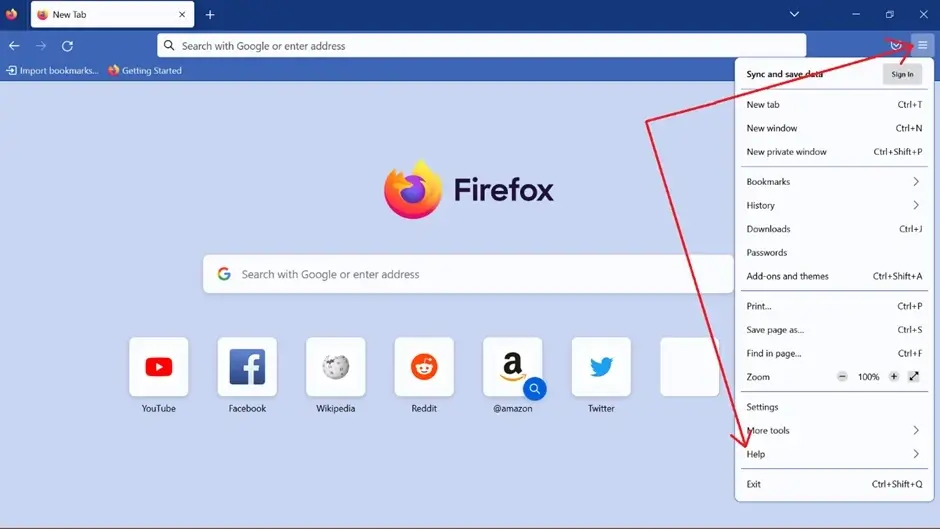
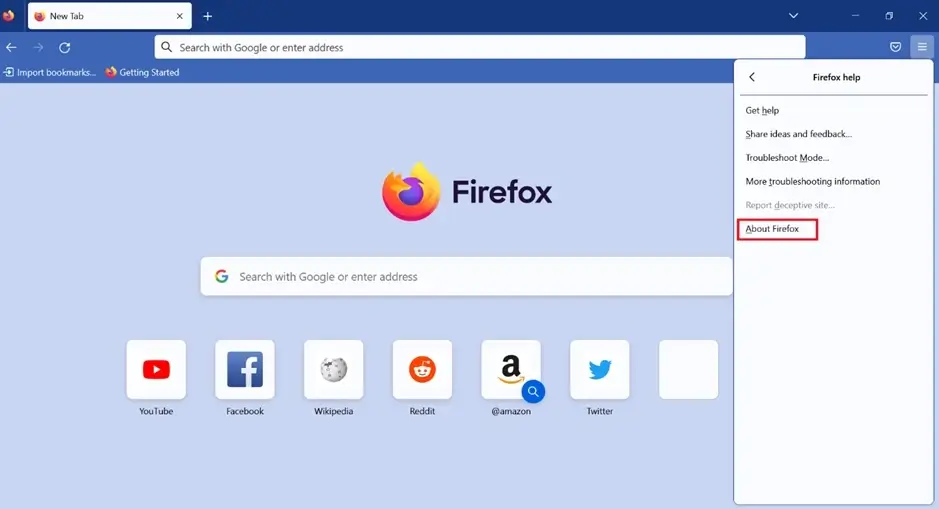

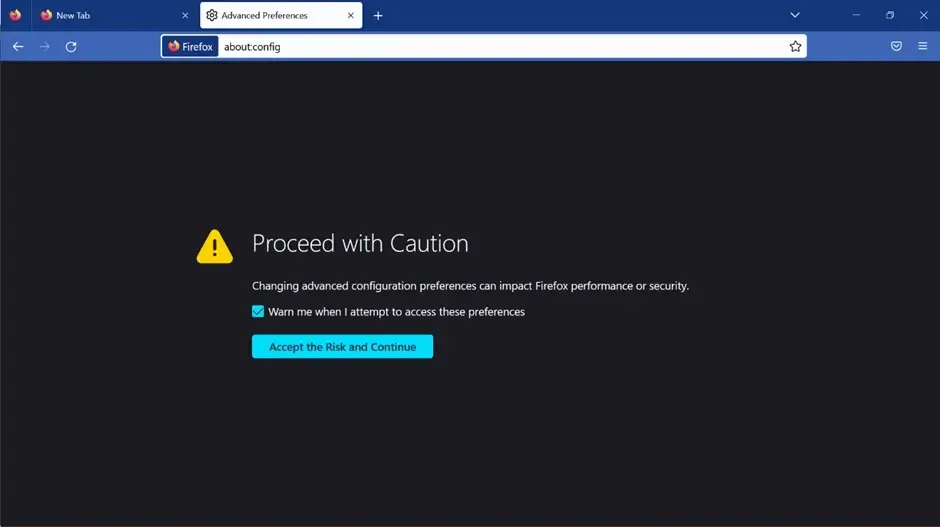
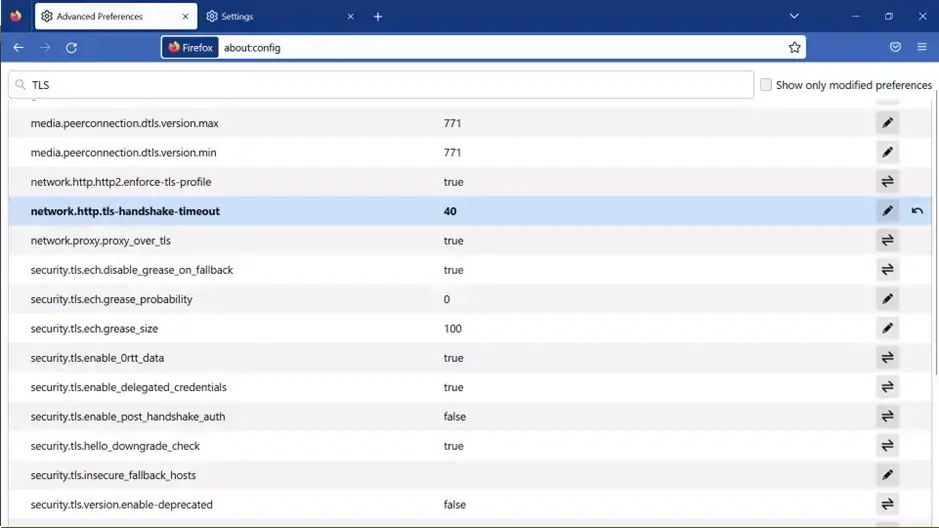

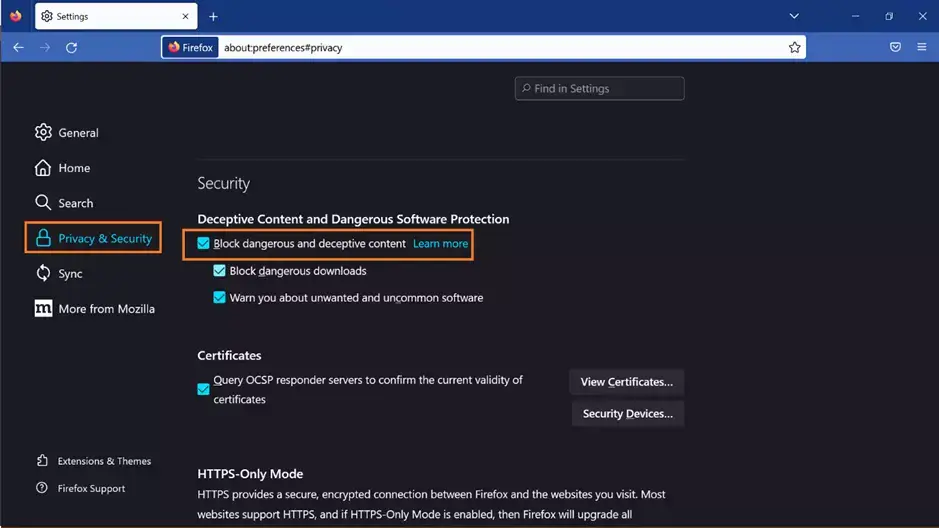 4. Next, uncheck the first box labeled Block dangerous and deceptive content.
4. Next, uncheck the first box labeled Block dangerous and deceptive content.